Continuous improvement takes place throughout our lives. We learn from our mistakes and as we gain experience, we try hard to avoid repeating them. Without looking too hard, we can usually identify where our decisions could have been better. The Canadian Electrical Code, under continual review, is no exception. This article discusses some places where there is still room for improvement.
Example 1 – Overhead high voltage lines in the vicinity of buildings
Serious electrical accidents are often caused by contact with high voltage lines above 750 volts near buildings and other structures. Rule 36-110 and Table 33 specify the minimum clearances between overhead lines and buildings as follows:
Up to 46 kV – 3 m
Above 46 kV and up to 69 kV – 3.7 m
I think you’ll agree that these clearances are far too narrow. The Health and Safety regulations in most provinces and territories specify limits of approach to overhead lines for unqualified persons. It is often impossible to carry out repairs or maintenance on buildings without violating such regulations, unless cover up is provided.
The CAN/CSA-C22.3 No. 1 standard for installation of overhead lines does include the provision that other requirements and regulations must be considered when applying the clearances specified in the standard. The CEC should have a similar provision. The minimum clearances between primary lines and buildings should also be increased to a minimum of 5 m. This would encourage them to be installed underground.
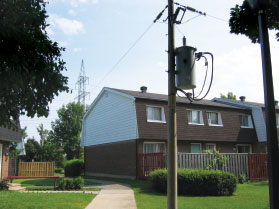
Photo 1. Lines near buildings
Example 2 – Padmount transformers
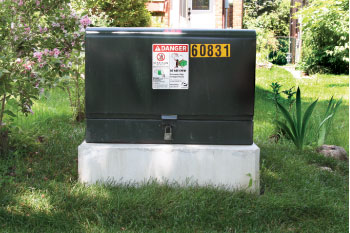
During a ground fault, we want the fault current to return along a low impedance path that will be securely maintained during and after the fault is interrupted. Lack of an effective path will result in ground currents returning through the earth and dangerous step potentials. Persons in the vicinity may be harmed. My suggestion: to ensure this requirement is more widely understood, the CEC should have a reminder similar to the one specified by the CSA standard.
Example 3 – Substation ground grid conductors
Rule 36-302(1)(b) states that substation ground electrodes “have ground rods interconnected by ground grid conductors not less than No. 2/0 AWG bare copper buried to a maximum depth of 600 mm below the rough station grade and a minimum depth of 150 mm below the finished station grade”. Rough station grade is the earth surface underneath the required 150 mm crushed stone surface.
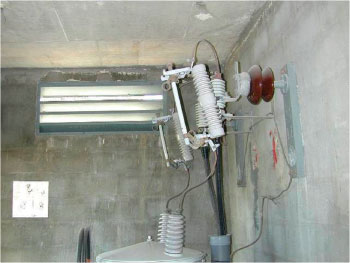
Photo 3. Transformer disconnect switch
I think you will agree that, in order to achieve more effective substation grounding (lower grounding resistance), we need to maximize contact between the ground grid conductors and the earth. My suggestion: revise the rule to require that ground grid conductors be installed a minimum of 75 mm below rough station grade.
Example 4 – Conductors protected from the primary side of a high-voltage transformer
Rule 14-100 specifies that conductors must be protected in accordance with their ampacities at their points of supply. The rule goes on to provide some exceptions for taps from splitters and other junctions between different size wiring. Rule 14-100 permits reducing wire size without limitation for up to 3 m and up to 7.5 m when the reduction in ampacity is not less then 1/3.
However, the same rule also permits using the primary overcurrent protection for a high-voltage power transformer to protect its secondary conductors without limiting their lengths. I think you’ll agree that this provision is clearly at odds with the remainder of the rule. To make matters worse, Table 50 permits transformer overcurrent protection up to 600% of the transformer’s full load amperes. My suggestion: eliminate this discrepancy, in all cases, and require secondary protection at the secondary conductors’ point of supply.
As with past articles, you should always consult the electrical inspection authority in each province or territory for a more precise interpretation.








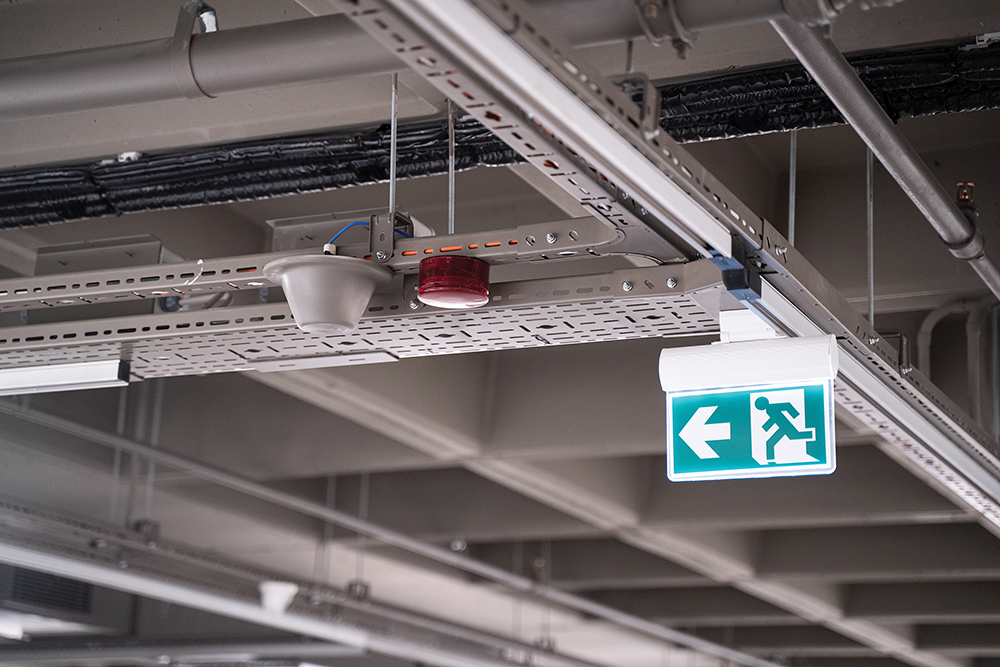
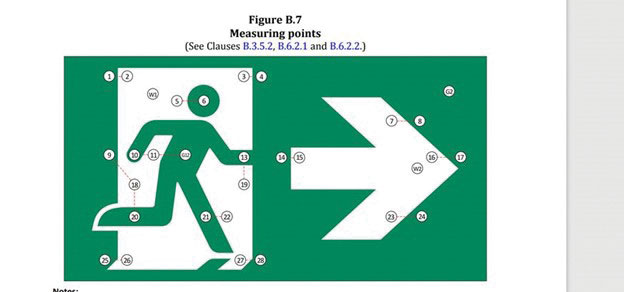
Find Us on Socials